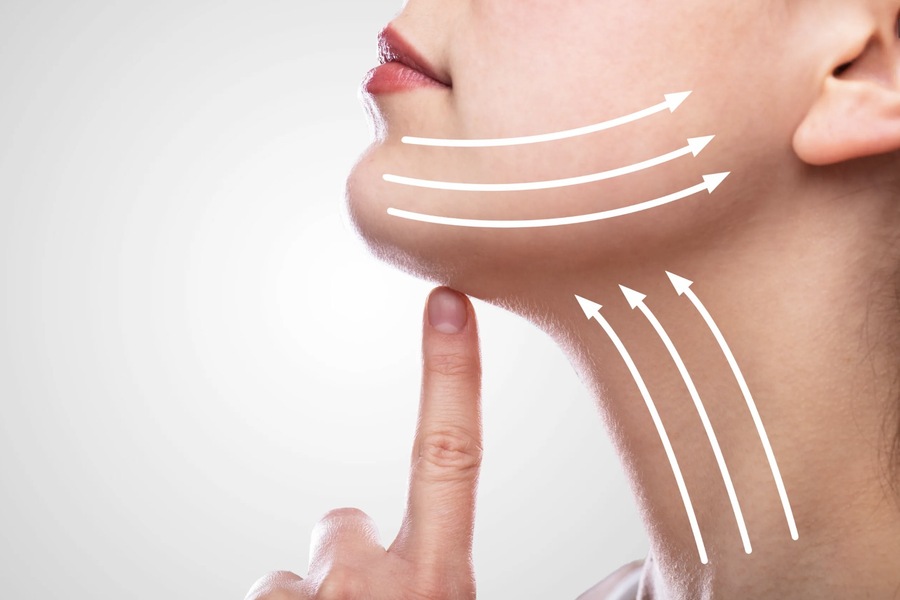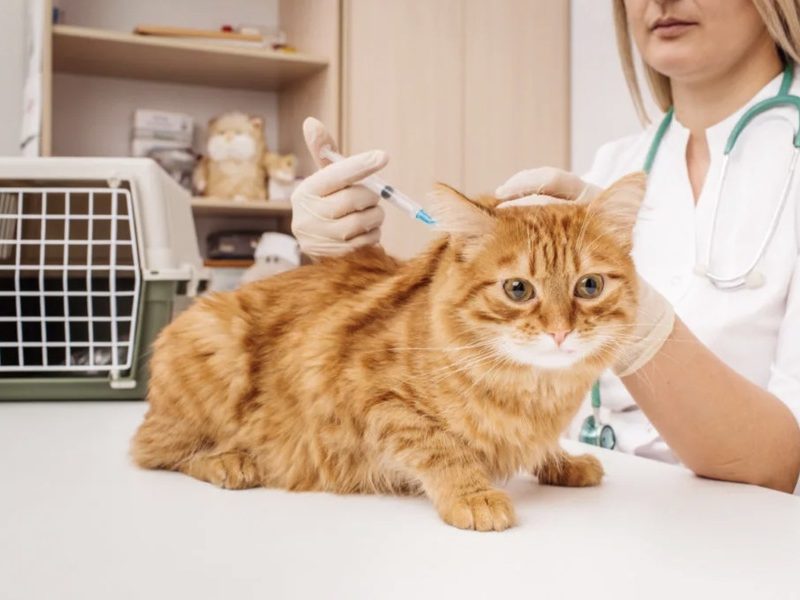Jawline correction surgery, a key component of facial aesthetic procedures, has seen a significant increase in demand. This surgical intervention is designed to enhance the jawline’s definition, balance facial proportions, and improve overall appearance. Ensuring patient safety in such procedures is paramount, involving rigorous standards and protocols to minimize risks and ensure successful outcomes. This article provides an in-depth analysis of patient safety in jawline correction surgery, covering industry standards, regulatory guidelines, and best practices.
Understanding Jawline Correction Surgery
Overview of the Procedure
Jawline correction surgery, also known as genioplasty or mandibuloplasty, involves the surgical alteration of the jawbone and surrounding tissues. The procedure can include augmentation, reduction, or reshaping of the jawline to achieve a more aesthetically pleasing and balanced facial profile. Techniques used in this surgery include bone cutting, the use of implants, and soft tissue adjustments.
Objectives and Benefits
The primary objectives of jawline correction surgery are to enhance facial harmony, correct congenital or acquired deformities, and improve the functional aspects of the jaw. Benefits of the surgery include enhanced jawline definition, improved facial symmetry, and increased self-confidence. Additionally, the procedure can address functional issues such as bite problems and breathing difficulties.
Preoperative Safety Measures
Patient Evaluation and Consultation
A thorough patient evaluation is the first step in ensuring safety. This involves a detailed consultation with a qualified surgeon to assess the patient’s medical history, current health status, and specific aesthetic goals. Diagnostic imaging, such as X-rays and CT scans, may be used to analyze the jaw’s structure and plan the surgery accurately.
Informed Consent
Informed consent is a critical component of patient safety. Patients must be fully informed about the procedure, including potential risks, benefits, and alternatives. Surgeons are responsible for providing comprehensive information and ensuring that patients have realistic expectations. This process helps patients make informed decisions and understand the implications of the surgery.

Surgical Safety Standards
Surgeon Qualifications and Training
The qualifications and training of the surgeon play a crucial role in patient safety. Surgeons performing jawline correction surgery should have specialized training in maxillofacial or plastic surgery, with extensive experience in facial procedures. Certification by recognized professional bodies, such as the American Board of Plastic Surgery (ABPS) or the Royal College of Surgeons, ensures that the surgeon meets high standards of competence and ethics.
Accredited Surgical Facilities
Jawline correction surgery should be performed in accredited surgical facilities that meet stringent safety standards. Accreditation by organizations such as the Joint Commission International (JCI) or the Accreditation Association for Ambulatory Health Care (AAAHC) signifies that the facility adheres to rigorous safety protocols, including infection control, emergency preparedness, and equipment maintenance.
Anesthesia Safety
Anesthesia is a critical aspect of surgical safety. A qualified anesthesiologist or nurse anesthetist should administer it. Preoperative assessments are conducted to determine the most appropriate type of anesthesia and identify any potential risks. Continuous monitoring of the patient’s vital signs during the procedure ensures immediate response to any adverse reactions.
Intraoperative Safety Protocols
Sterile Environment
Maintaining a sterile environment in the operating room is essential to prevent infections. All surgical instruments and equipment must be sterilized, and surgical staff must adhere to strict aseptic techniques. The use of disposable surgical drapes and gowns further reduces the risk of contamination.
Surgical Technique
The surgical technique used in jawline correction surgery must be precise and meticulous. Surgeons should follow established protocols and guidelines to minimize tissue damage and ensure optimal outcomes. The use of advanced surgical tools and technologies, such as 3D imaging and guided navigation, enhances accuracy and reduces operative time.
Real-Time Monitoring
During the surgery, continuous real-time monitoring of the patient’s vital signs, including heart rate, blood pressure, and oxygen levels, is crucial. This allows for immediate detection of any complications and prompt intervention. Advanced monitoring systems provide comprehensive data, ensuring patient safety throughout the procedure.
Postoperative Safety and Care
Recovery and Monitoring
Postoperative care is critical to patient safety and successful recovery. Patients should be monitored closely in the immediate postoperative period to detect any signs of complications, such as bleeding, infection, or adverse reactions to anesthesia. Pain management and wound care are essential components of postoperative care.
Follow-Up Appointments
Regular follow-up appointments are necessary to assess the patient’s healing progress and address any concerns. These appointments allow the surgeon to monitor the surgical site, ensure proper healing, and identify any issues that may require intervention. Follow-up care also provides an opportunity for patients to discuss their recovery and receive guidance on maintaining results.
Regulatory and Ethical Standards
Regulatory Guidelines
Regulatory bodies establish guidelines and standards to ensure patient safety in cosmetic surgery. In the United States, the Food and Drug Administration (FDA) regulates medical devices and materials used in surgery. The American Society of Plastic Surgeons (ASPS) and the American Academy of Facial Plastic and Reconstructive Surgery (AAFPRS) provide guidelines on best practices and ethical standards for surgeons.
Ethical Considerations
Ethical considerations are integral to patient safety in jawline correction surgery. Surgeons must adhere to principles of medical ethics, including beneficence, non-maleficence, autonomy, and justice. Ensuring that patients receive unbiased information, respecting their autonomy in decision-making, and providing care that prioritizes their well-being are fundamental ethical obligations.

Advances in Patient Safety
Technological Innovations
Technological advancements have significantly enhanced patient safety in jawline correction surgery. Innovations such as 3D printing, virtual reality simulation, and robotic-assisted surgery have improved surgical precision and outcomes. These technologies allow for detailed preoperative planning and real-time adjustments during surgery.
Minimally Invasive Techniques
The development of minimally invasive techniques has reduced the risks associated with jawline correction surgery. Techniques such as endoscopic surgery involve smaller incisions, less tissue disruption, and shorter recovery times. Minimally invasive procedures offer safer alternatives with comparable results.
Patient Education and Safety
Preoperative Education
Educating patients before surgery is vital for ensuring safety. Patients should receive detailed information about the procedure, including preparation, the surgical process, and postoperative care. Understanding what to expect helps patients adhere to preoperative instructions and reduces anxiety.
Postoperative Instructions
Clear and comprehensive postoperative instructions are essential for a smooth recovery. Patients should be informed about wound care, activity restrictions, signs of potential complications, and when to seek medical attention. Providing written instructions and contact information for emergency situations enhances patient safety.
Conclusion
Ensuring patient safety in jawline correction surgery involves a multifaceted approach that includes rigorous preoperative evaluations, adherence to surgical standards, and comprehensive postoperative care. Surgeons must be highly qualified and experienced, and procedures should be performed in accredited facilities with advanced technologies. Regulatory guidelines and ethical standards provide a framework for maintaining high levels of patient safety and care.
Technological advancements and minimally invasive techniques continue to enhance the safety and efficacy of jawline correction surgery. Educating patients about the procedure and ensuring they have realistic expectations and understand the risks and benefits are crucial components of patient safety.
By adhering to these industry standards and best practices, the field of jawline correction surgery can continue to provide safe, effective, and satisfying results for patients seeking to enhance their facial aesthetics.

Soccer lover, ramen eater, guitarist, Bauhaus fan and multidisciplinary designer. Working at the intersection of modernism and programing to save the world from bad design. My opinions belong to nobody but myself.


